Biophilic Design for Sustainable Homes: Live, Breathe, Flourish
Welcome to a home page dedicated to weaving living systems into everyday life—where daylight, plants, textures, and natural rhythms guide every choice. Expect practical strategies, heartfelt stories, and evidence-based insights that make sustainability feel personal and joyful. Subscribe, comment, and share your own experiments so we can grow greener together. Chosen theme: Biophilic Design for Sustainable Homes.
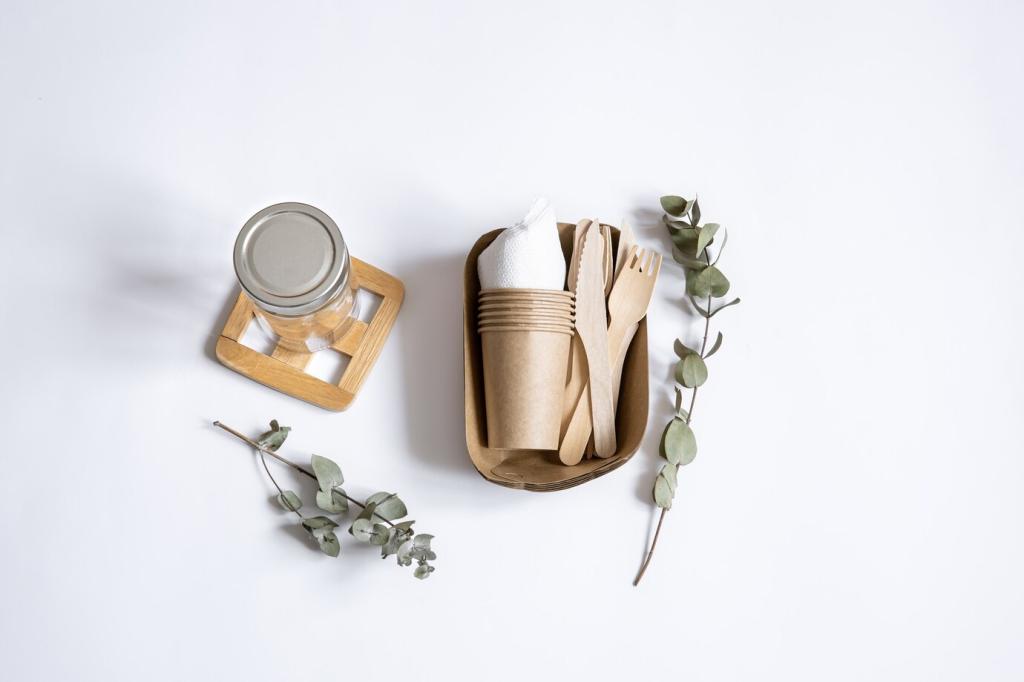
Health and Wellbeing Benefits
Access to natural light, greenery, and organic textures can lower stress, improve sleep, and boost creativity. One family told us their morning arguments faded after they rearranged seating to capture sunrise light, turning breakfast into a quiet, grounding ritual.
Energy and Resource Efficiency
Daylight-driven spaces reduce reliance on artificial lighting; cross-ventilation eases cooling loads; and thermal mass steadies temperature swings. These choices cut utility bills and carbon footprints while enhancing spatial comfort throughout the seasons, even on sweltering summer afternoons.
Emotional Connection to Place
When homes reflect local landscapes—stone from nearby quarries, native plants on the balcony, timber with honest grain—we feel anchored. That emotional resonance encourages long-term stewardship, mindful consumption, and a deeper commitment to sustainable routines.
Bringing Nature Indoors: Practical First Steps
Combine a compact living wall with floor and shelf planters to create depth, improve humidity, and soften acoustics. Choose species with complementary needs, and invite readers to share plant combos that thrive in their unique microclimates at home.
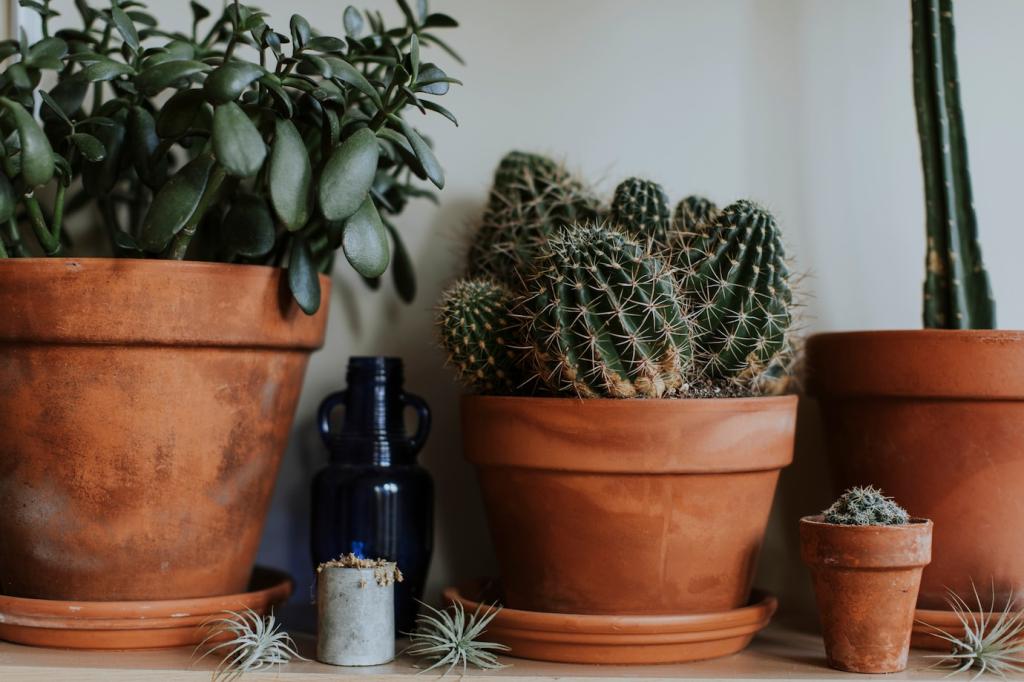
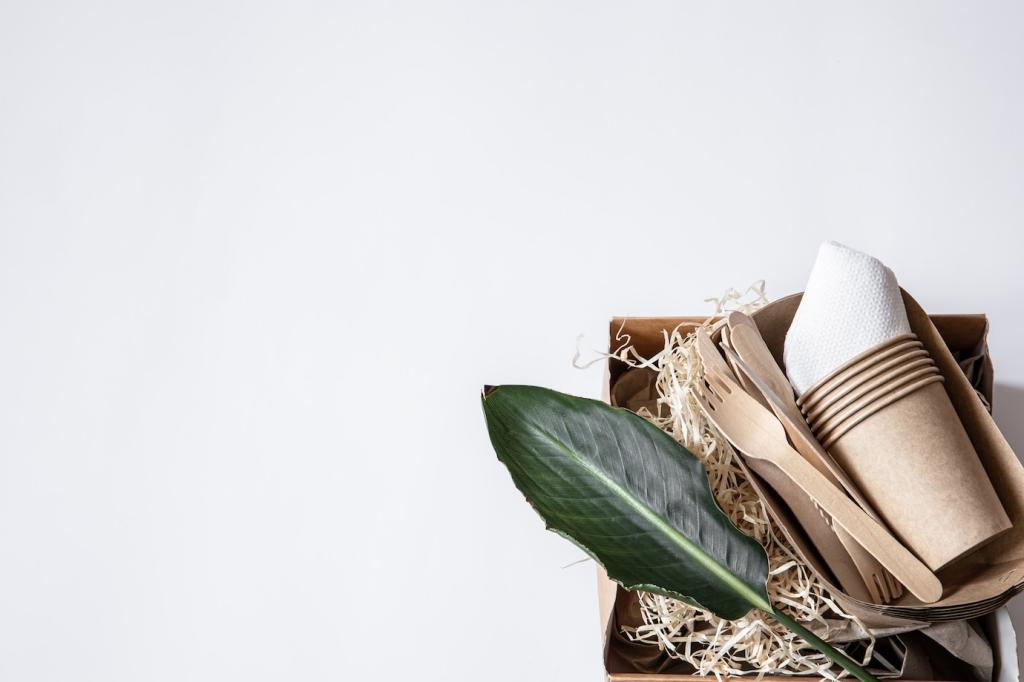
Bringing Nature Indoors: Practical First Steps
Swap heavy drapes for light-filtering textiles, add mirrors to bounce light deeper, and place task surfaces perpendicular to windows to minimize glare. Track your reduced lighting hours and tell us how your energy bills and mood change after a month.
Light, Air, and Water: Life-Giving Systems
Breathable Air with Plants and Ventilation
Pair resilient houseplants like snake plant and pothos with operable windows and trickle vents for steady fresh air. Aim for cross-ventilation paths, and comment with your favorite plant that thrives near breezy, sunlit corners.
Circadian-Friendly Lighting and Skylights
Layer warm evening light with cooler morning tones, and consider tubular skylights for windowless zones. Align illumination with natural rhythms to support sleep, focus, and energy—then subscribe for our weekly circadian lighting checklist.
Small Water Moments
A modest tabletop fountain or an earthenware bowl near a window can introduce soothing sound and gentle humidity. These micro-rituals foster calm and connection; share how water features influence concentration or bedtime routines in your sustainable home.
Prospect and Refuge at Home
Create cozy refuges—window seats, reading nooks, alcoves—with views toward lively zones or gardens. This balance reduces visual fatigue, helps you unwind faster, and encourages energy-saving activities like reading without overhead lighting.
Soft Thresholds Between Indoors and Outdoors
Use porches, sunrooms, or sliding doors to stage temperature transitions and protect interiors. These thresholds stabilize comfort, extend living space, and inspire rituals like barefoot coffee on the deck—share your favorite threshold spot below.
Designing for the Senses
Invite texture-rich rugs, botanical scents, and birdsong through habitat-friendly planters. A multisensory approach strengthens attachment to place, discouraging wasteful remodels and promoting long-lasting, sustainable choices rooted in feeling rather than trends.
Sourcing and Stewardship for Longevity
Seek FSC-certified wood, reclaimed stone, and natural linoleum; avoid finishes that off-gas. Durable choices reduce replacements and landfill waste. Tell us where you source ethical materials locally, and we’ll map community favorites.

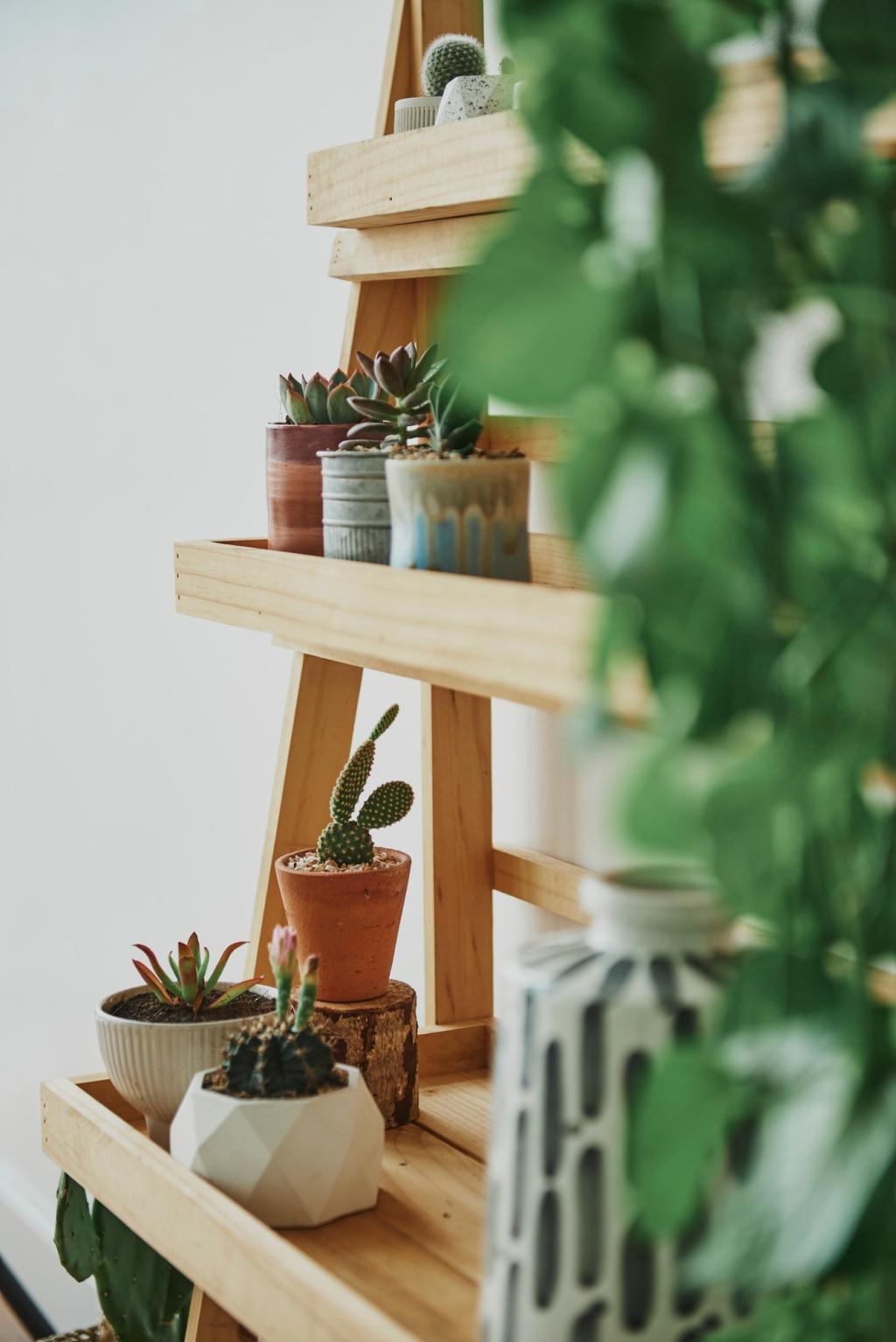
Local Ecology as Teacher
Study native plant communities and borrow their patterns—diversity, layering, seasonal change. This approach supports pollinators, reduces irrigation, and strengthens neighborhood resilience. Post a photo of a local habitat you’re translating at home.
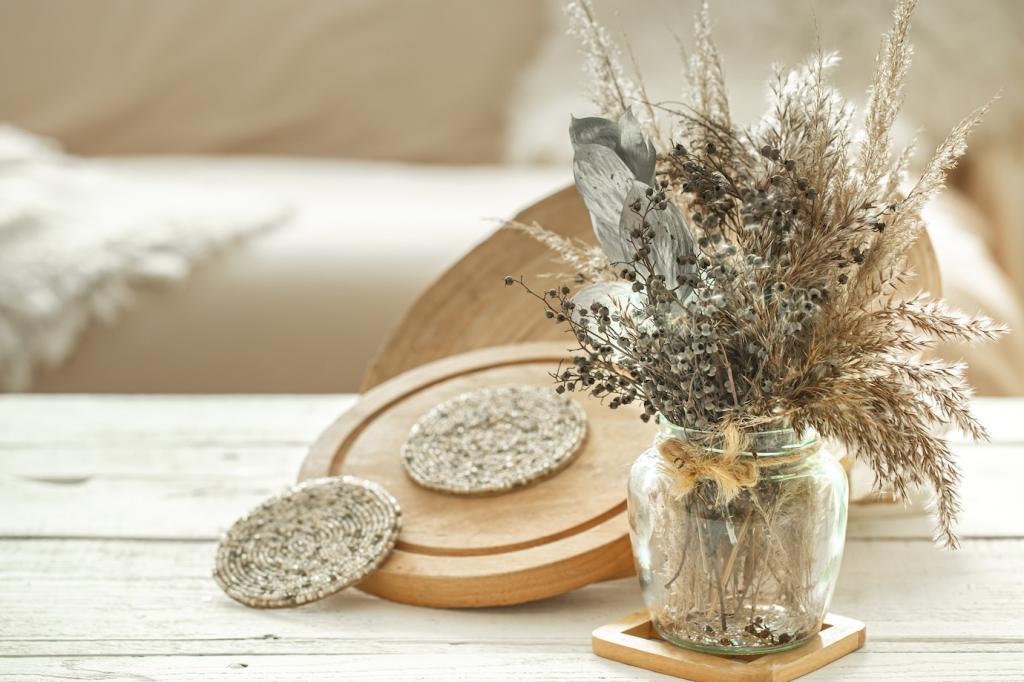
Craft, Memory, and Meaning
Display botanical sketches, heirloom wooden stools, or clay vessels that echo nearby landscapes. The narrative quality deepens care and curbs disposable mindsets. Share a cherished object that anchors your sustainable home’s biophilic story.
